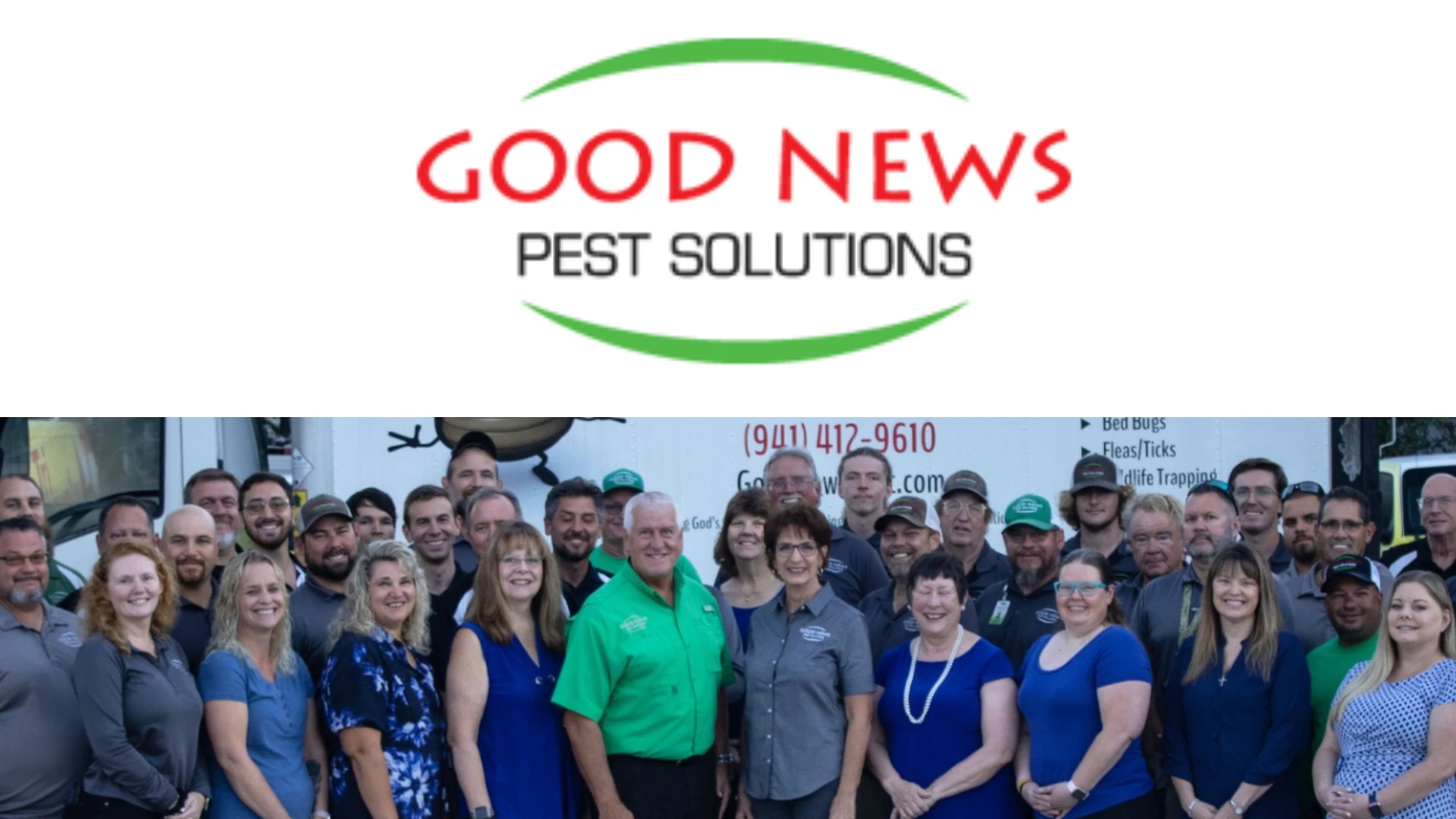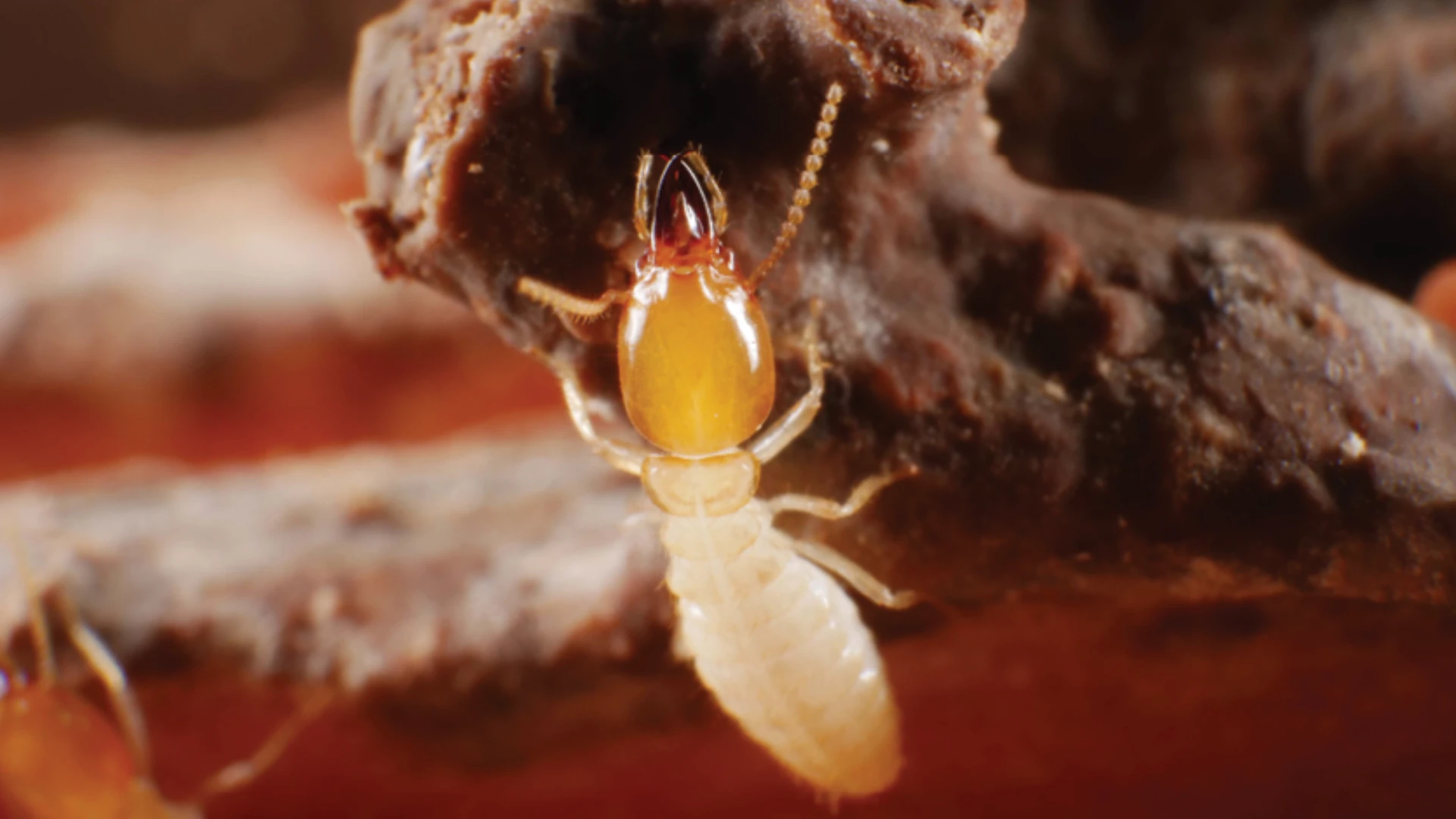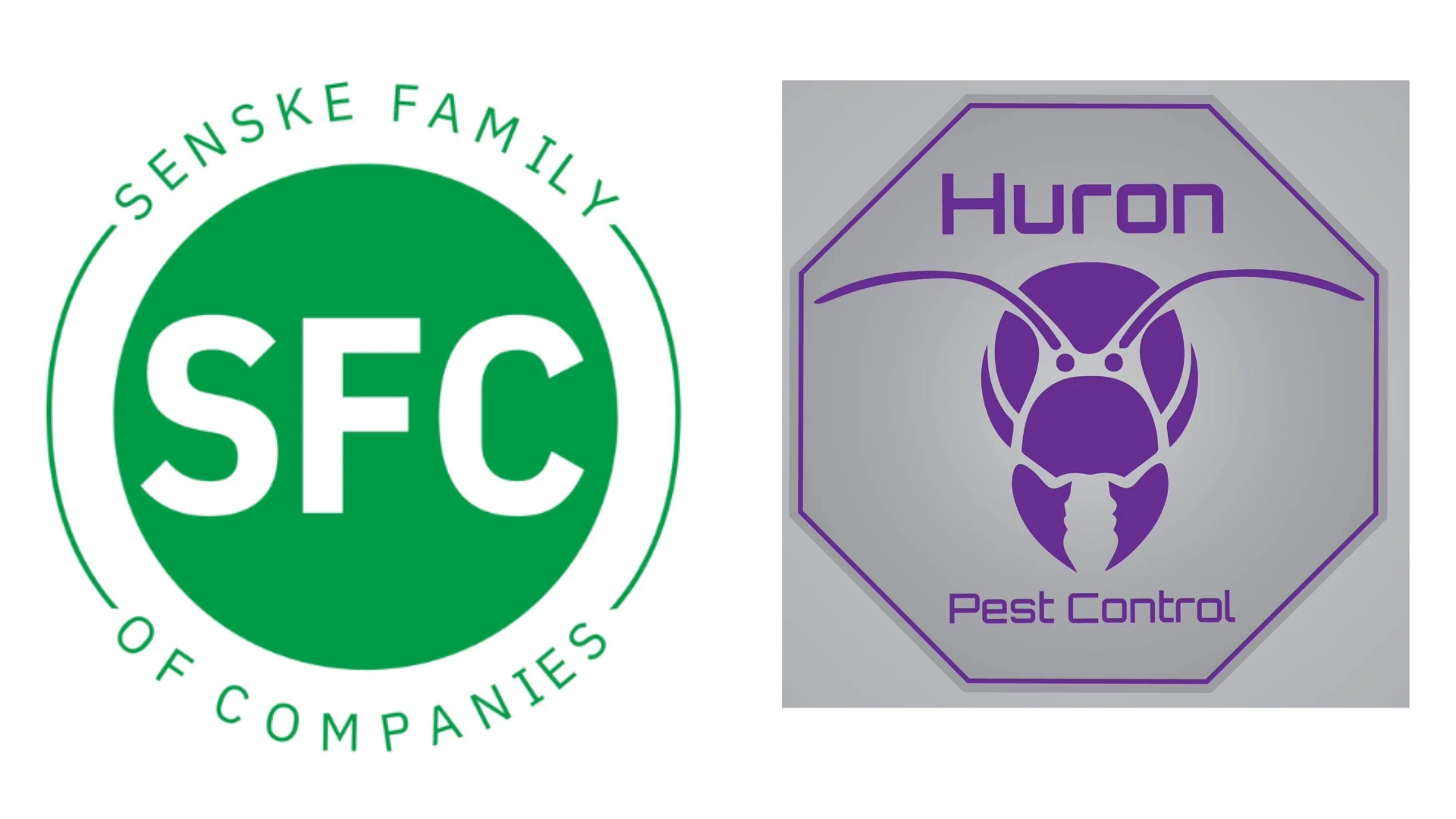Your average pedestrian may see a flock of pigeons and think about how
beautiful they are and how wonderful it is to feed them in the park. Your commercial building manager may see that same flock of pigeons and curse them for the extra expense incurred from multiple window washings. When I see a flock of pigeons go by, I smile, because I know that one day we’ll be getting a call for help due to a problem they eventually will cause.
As pest management professionals we can look at solving pigeon concerns like Bubba talked about cooking shrimp in the movie “Forest Gump” — “in a whole lot of different ways.” During the past few years, the arsenal of tools we have available for use in addressing pigeons has greatly expanded. Some of the tools that we have include spikes, coil wire, shocking systems, visual scare deterrents, post and wire, sticky gels, ledge covers, netting, auditory repellents, frightening agents, high-tech air rifles and trapping devices. In this article we’ll focus on how trapping pigeons can be used as a valuable tool in pigeon management strategies.
PIGEON BASICS. Our common feral pigeon is officially known as the rock dove (Columba liva), and it is another “non-native resident” that originated in Europe and has become established in just about every city in the United States. Pigeons have a wide variety of coloring, weigh a little less than 1 pound and can live up to 15 years. The female pigeon typically lays one or two eggs each nesting period and can nest multiple times each year. Our pigeons’ ancestors nested on protected cliffs and caves, so with modern cities and abundant food, pigeons have adapted easily to live right along with us. Pigeons are known to carry a number of bacterial diseases as well as parasites that can pose a health risk to both man and livestock.
MAKING THE SURVEY. In addressing pigeon concerns I always prefer to approach solving the problem through an Integrated Pest Management approach. Following my initial discussion with the potential customer I like to take the time to closely evaluate the site to determine what problems the pigeons are causing, why they are there and what control alternatives are “candidates” to use in correcting the problem.
It is very often beneficial to speak with the building maintenance/janitorial staff while on site for additional information on numbers of birds present, preferred roosting sites, times pigeons are present and historic information concerning previous efforts to control the problem. If I’m not familiar with the area I also will drive around the surrounding neighborhood to see where pigeons are present, what alternative roosting/loafing sites are being used and potential food sources. It may be necessary to come back on site at a different time during the day in order to make an accurate evaluation of what, and where, activity is occurring, as well as the number of pigeons that are present in the area.
EVALUATION OF FINDINGS. As stated earlier, there are truly a lot of choices available to choose from when addressing pigeon concerns. When making a decision of what technique(s) to use I will first typically look at the complexity of the structure and the areas where pigeons are causing a concern. I’ll then consider the costs and potential long-term success that would occur from implementing various control and/or exclusion techniques. It is also important to know both local and state regulations concerning working with pigeon problems in the state and city you are in to avoid violation of any laws or regulations. Fortunately, in my home state of North Carolina, pigeons are legally declared a pest species and we often have more options available to address pigeon concerns than those that might be available in some other states.
I normally will consider pigeon trapping as a potential solution for addressing a problem when several conditions are present. When large numbers of pigeons are present, and we need to reduce the flock numbers prior to implementation of other techniques, initial flock reduction by trapping can be very beneficial. At times, when other exclusion alternatives are not affordable or practical, flock reduction by trapping also may be an alternative to consider. Where the use of Avitrol is legal, we have found that removal of most of the pigeons present prior to implementation of an Avitrol baiting program can minimize the potential of grounded pigeons and adverse publicity. We also have used trapping as a tool to periodically reduce pigeon numbers from buildings where high pigeon populations are present in the surrounding area.
SETTING A TRAP. Once you have made the decision to implement a pigeon trapping program, there are a number of decisions that you will need to make. One of the first things that you must determine is what your objectives are in implementing this program, and how are you going to achieve them. The next thing you need to determine is what type of trapping device(s) you are going to use for pigeons, how many units you will need and where the traps should be located.
In site selection for pigeon trap placement, you should use the information you obtained during your initial survey to aid you in selecting your trapping locations. Also remember that keeping traps out of the public eye is always better if at all possible. This often results in placement on the highest possible roof area. In order to aid in choosing the proper site selection you may want to initially make multiple prebaitment placements and leave these for several days in order to determine where the most feeding acceptance is going to take place. We will typically use whole kernel corn as our bait of choice, and if loose rock is present on the roof, we will even make small trays out of 1/8-inch mesh hardware cloth with a wooden frame made of pressure-treated 2- by 2-inch boards. By using the trays, recovery of uneaten corn is much easier. After several days of observation you should be able to determine your preferred trapping site location(s).
There currently are a large number of commercial pigeon traps available which to select from. If space allows, I prefer to use the larger-style trifold pigeon traps. Normally we are dealing with fairly large numbers of pigeons and our objective once we start trapping is to get ’em caught as quickly as possible. When we are ready to get the traps up to the areas where trapping is going to take place, we will commonly wire the doors open on our traps and place bait around and inside the traps. This is actually part of the prebaiting process where we establish a feeding pattern for the pigeons in the area and also deter the level of pigeon-feeding acceptance. This additional pre-bait period normally will last for one to two weeks.
Typically, when we have pigeons locked in on a prebaited site, we can estimate the number of pigeons present by calculating the following: One pound of whole corn consumed per day equals 10 pigeons actively feeding at that site each day (i.e., 10 pounds of whole corn consumed each day equals about 100 pigeons actively using the site). This information also is useful in confirming that you are getting excellent prebait acceptance prior to unwiring the doors of your traps and setting the traps to start catching pigeons.
In many areas of the country there are now more hawks and other potential pigeon predators present than in years past. You should keep in mind that pigeons caught in traps set at ground level may be attractive to predators such as raccoons and cats. If trapping is required and you must set your trap(s) at ground level, you may need to check traps late in the day to avoid attracting night-time predators. If you are trapping pigeons on roof tops and hawks are present in the area, you may want to consider at least partially covering the trap with plyboard to make detection of trapped pigeons more difficult for hawks. (Be sure to predrill and wire the plyboard to the trap or weigh down the plyboard to avoid it being blown off a roof if it gets windy.) In addition to covering traps to prevent predation from hawks, it is beneficial to at least partially cover the traps to provide shade for trapped pigeons during the summer. We also will place “chick waterers” in each trap so that trapped pigeons will access to water prior to removal from trapping devices.
In most cases we will check pigeon traps daily. In the event that traps are not emptied daily you should be sure to have sufficient water and food available in the trap to avoid inhumane treatment of the trapped pigeons. It is important to have a plan for removal of trapped pigeons in place. We always try to maintain a low profile when we are trapping pigeons due to the fact that there are many opinions from members of the public on what should or should not be done in addressing pigeon concerns. At each location where you are working there may be differing situations.
We have had situations where we have had to take birds back down through the building and used large live traps as cages to transport the pigeons off site. In other situations we have euthanized trapped pigeons on roof tops using containerized CO2. Once again you should be familiar with both local and state regulations that may apply in the area where you are working. If pigeons are taken off site for disposal, I would suggest keeping written records of all activities in the event that you are ever questioned about what has been done.
I know there are pest management professionals who capture and sell live pigeons to shooting clubs and individuals training hunting dogs. I personally feel that selling live pigeons for these purposes might result in negative publicity and we do not sell pigeons for shooting or dog training. We do, however, have a biological supply business in our area that will purchase pigeons and use them for high school and college biology laboratory instruction. I have found that when asked about our disposition of trapped pigeons, our customers find that this is an acceptable means of disposing of the pigeons because they see the benefit of student education. I recently also provided euthanized pigeons to a local community college (at the request of the county government for which we were working) so that the pigeons could be used by students taking a taxidermy course offered there.
FINAL THOUGHTS. When making the decision to implement a pigeon trapping program you always need to not oversell your abilities for success to your customer. There can be many factors affecting the potential success of your efforts. Keep in mind that during the spring and summer months there is an abundance of alternative food sources available on which pigeons can feed.
In addition, pigeon flocks tend to disperse to some degree during peak nesting periods. During cool and cold weather periods pigeons have higher energy requirements and often are easier to trap than at other times of the year.
The next time you are called out on a concern with pigeons I hope that you will consider all potential alternatives available in solving the concern for your customer, and keep in mind that your pigeon trapping may be a viable tool to consider.
The author is owner of McNeely Pest Control, Winston-Salem, N.C.
Alternatives to Live-trapping Pigeons
Live-trapping of pest birds can be a highly effective method of control. However, there are several other types of control methods that work well for pest management professionals. A variety of physical and mechanical control options are available for controlling pigeons (and starlings and sparrows). They include:
Habitat modification and sanitation. Good sanitation practices, such as removal of spilled food or refuse, can do much to reduce the attractiveness of an area to pigeons. This depends on the situation and whether or not the food source can be effectively and economically limited.
Exclusion. The best and most permanent solution to pigeons and other birds roosting or nesting in or on buildings is to build them out by making the site as bird-proof as possible. Bird exclusion generally is a highly involved process and is situation dependent. In general, one must survey the bird infestation to determine roosting, loafing and nesting sites and determine which of the numerous exclusion devices is best suited for each site on the building. In most cases, more than one method will be necessary. Additionally, if only the areas of the building where birds are currently active are addressed, the birds may move to another, unprotected area of the structure. Likewise, bird populations can be displaced to nearby buildings.
Birds entering through openings to nest or roost within a building’s attic, false ceiling, etc., should be removed and the openings sealed or repaired permanently. Birds may be trapped or chased out of such spaces prior to sealing entryways.
Harassment and intimidation. Nest destruction can be helpful in preventing pigeon and sparrow populations from increasing, but to be effective, the nest and eggs must be destroyed at two-week intervals. Nest removal is most effective when used in conjunction with other types of reductional control. By itself, unless carried out over a very long period, it has little effect on localized pigeon populations. However, recolonization by evicted birds, as well as new arrivals, often will occur on buildings previously cleared unless some other corrective action is taken. To be efficacious, nest destruction must be continued until natural mortality accounts for the surviving adults.
Most visual devices (e.g., plastic owls, scare-eye balloons, metallic-reflective tape and other reflective objects moved by breezes) and auditory-based devices (e.g., electronic distress call emitters) commonly used for scaring away nuisance birds are of only temporary value at best for pigeons and sparrows.
Shooting. Shooting, where legal and safe, is another option in pigeon control and for removing a relatively few sparrows from inside large buildings, such as aircraft hangars. This process is very time consuming if more than just a few birds are involved.
Source: Mallis Handbook of Pest Control
When the Call Comes in about a Pigeon Problem
As with addressing most pest problems, we need to first meet with the customer and determine the customer’s motivation for addressing his or her concern with pigeons. Some typical situations where we commonly are involved in pigeon management programs result from a sanitation issue with windows, sidewalks, signs and vehicles, or a concern with pigeons on roof tops with droppings or feathers accumulating in air handling systems, on ledges or in roof drains.

Explore the June 2007 Issue
Check out more from this issue and find your next story to read.
Latest from Pest Control Technology
- Webinar: Employee Incentives — Going Beyond the Annual Raise
- Pest Control Companies Helping Neighbors in Need Eradicate Bed Bugs
- Why Does Marketing Feel So Opaque?
- How Did This Pest Get Its Name?
- Rose Pest Solutions Honors Top Performers with Annual Chief’s Club Awards
- Doug Foster on Termite Control Equipment, Resources
- Pest Control Consultants Acquires EcoGuard Pest Control
- Pest Index Increased 9 Percent YOY in February





